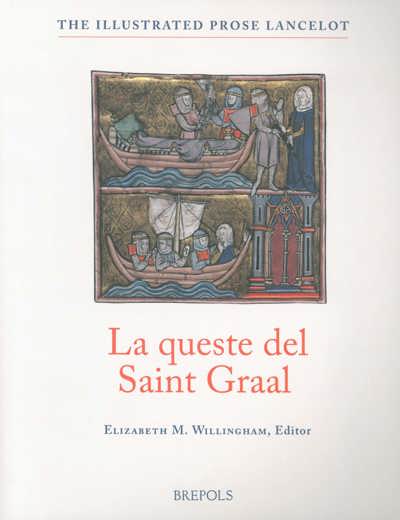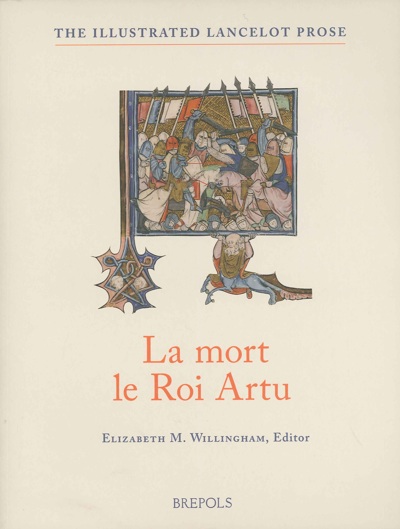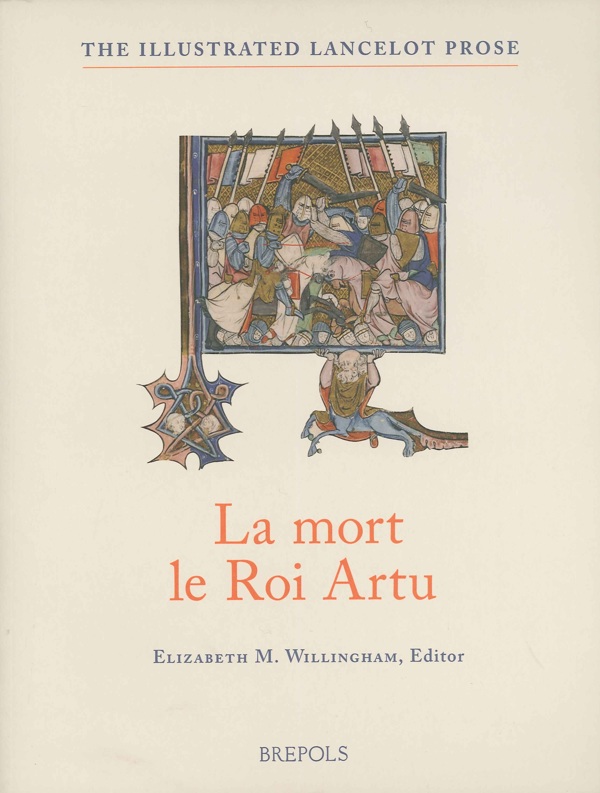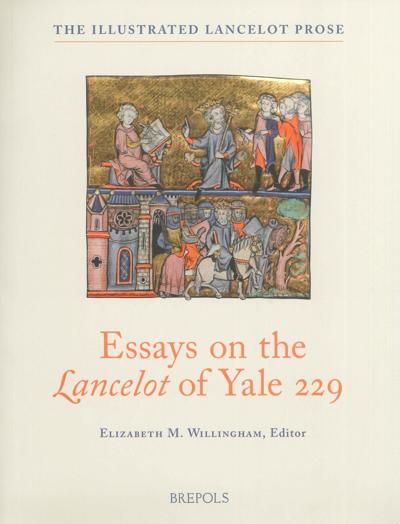
La Mort le Roi Artu
(The Death of Arthur) from the old French 'Lancelot' of Yale 229 with Essays, Glossaries and Notes to the Text
E. Willingham (ed)
- Pages: 322 p.
- Size:215 x 280 mm
- Illustrations:28 col.
- Language(s):French, English
- Publication Year:2008
- € 85,00 EXCL. VAT RETAIL PRICE
- ISBN: 978-2-503-51676-9
- Paperback
- Available
The Mort begins with the return of Bohors from the quest of the Holy Grail and narrates the declining fortunes of King Arthur and his Round Table through the dissolution of the Table and the “death” of Arthur. The tale includes Morgain’s efforts to convince Arthur of Lancelot and Guinevere’s adultery, Lancelot’s battle to save Guinevere from burning at the stake, the dramatic discovery of Guinevere and Lancelot by Arthur’s knights, the departure of Arthur from his kingdom to fight Lancelot, and Arthur’s leaving his Kingdom, the keys to his treasury, and his Queen in the hands of the treacherous Mordret. In the closing folios, Arthur is mortally wounded by Mordret at the apocalyptic Battle of Salisbury Plain, and Lancelot returns to avenge Arthur against Mordret’s two sons at the final Battle of Winchester. The book closes shortly after the death of Lancelot, with a rejection of the life of court and chivalry in favor of penance and spiritual fulfillment.


